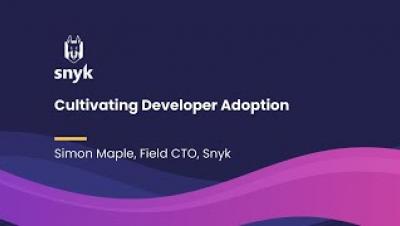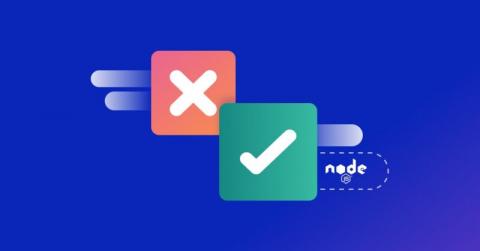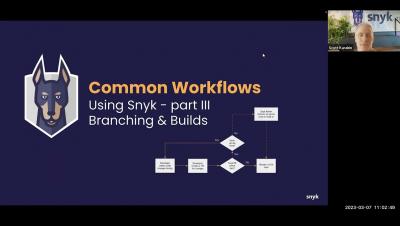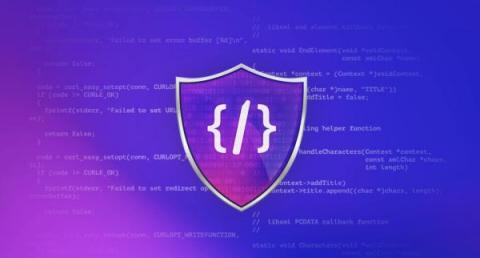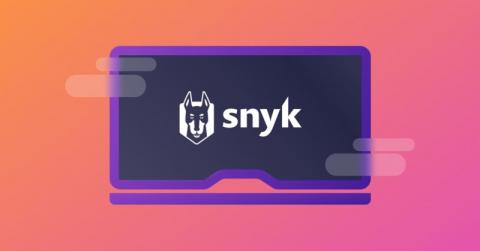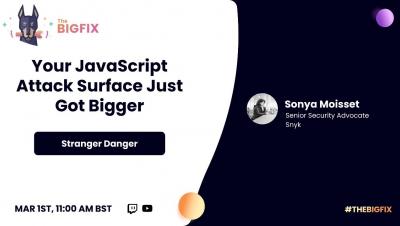Security | Threat Detection | Cyberattacks | DevSecOps | Compliance
Snyk
CISO playbook: 3 things to consider when establishing a security culture
Establishing a thriving security culture across your organization will rely heavily on your developer teams. Therefore, engaging with developers early and often while you build your security program is vital. In this playbook for Chief Information Security Officers (CISOs), we explore how to build a security culture across your organization by considering the following three things.
Cultivating Developer Adoption
Comparing Node.js web frameworks: Which is most secure?
JavaScript is the world’s most popular programming language, providing many web frameworks that help developers build secure, reliable Node.js web applications. Each framework has unique features, and which framework is right for you depends on your preference and the type of application you intend to create. With so many frameworks available, you need a way to assess their security.
Stranger Danger: Your JavaScript Attack Surface Just Got Bigger
Snyk Workflows - Builds & Branching
Mitigating path traversal vulns in Java with Snyk Code
Path traversal is a type of security vulnerability that can occur when a web application or service allows an attacker to access server files or directories that are outside the intended directory structure. This can lead to the unauthorized reading or modification of sensitive data.
This Week in VulnDB - The Big Fix Edition
Snyk in 30: Developer-first security democast
In our latest Snyk in 30 democast, I demonstrated working on an app, starting in an IDE and going all the way to the live app deployed in the cloud. Along the way, I showed how Snyk fits into the tools a real developer might use. Specifically, I focused on the practical aspects of implementing Snyk in a real-world development and cloud environment, answering questions like: I’ll cover some of the main highlights from the presentation in this blog post.




